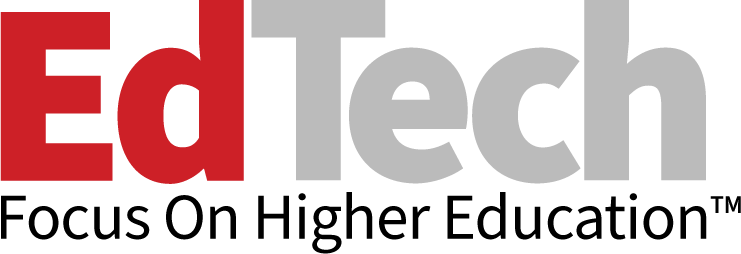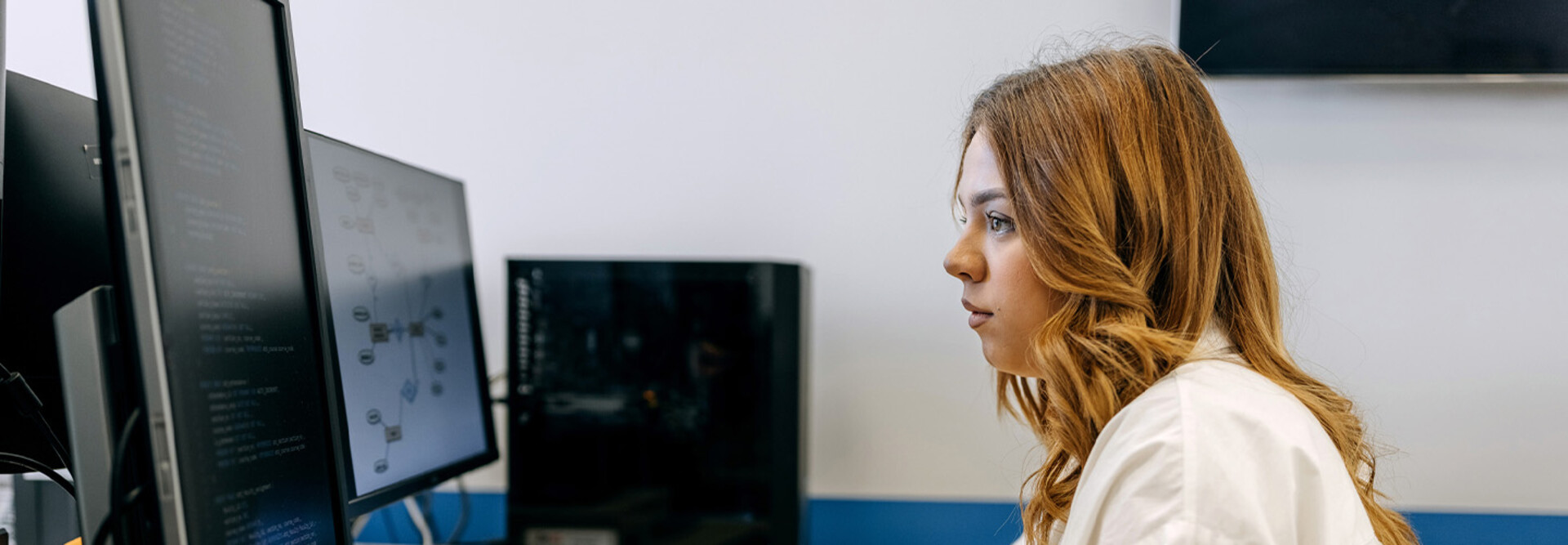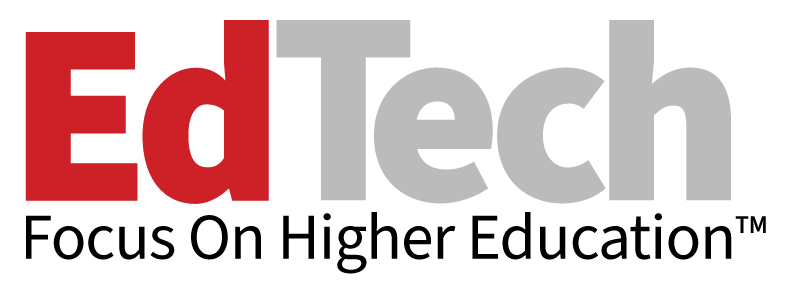Network Automation for Higher Education
Autonomous AI networks use machine learning to self-configure, self-optimize, self-protect and self-heal — all without manual human intervention. While fully autonomous networks are still evolving, many higher ed IT departments are already leveraging components such as self-healing tools, network automation and predictive analytics.
A good analogy for understanding autonomous networking is a self-driving electric car.
“We have a concept known as self-driving, which is the epitome of automation when it comes to networking,” explains Jeff Aaron, vice president of networking product and solution marketing at HPE. “There’s a journey to get there in terms of collecting data, and then you have to make meaningful insights out of that. You can then go towards driver-assisted networking, where you can give recommendations and a human goes to do the actual work. And ultimately you’re doing full self-driving, which sounds a lot like an autonomous vehicle like a Tesla. The same idea applies to networking.”
DISCOVER: How AI-native networking is already being deployed on campuses.
AI Network Automation in Practice
Among the many capabilities enabled by autonomous AI networks, self-healing offers one of the most practical entry points for colleges interested in boosting performance while easing the workload on IT staff. Self-healing uses AI to continuously monitor, detect and predict anomalies, then remediate them.
At Dartmouth College, HPE’s Marvis AI assistant is already putting this into practice. (Juniper Networks, maker of Marvis and the Mist AI platform, was acquired by HPE in July.)
“Our always-on Marvis AI proactively and continuously tests the network, looking for problems, and alerts IT staff before users do,” says Bryan Ward, lead network engineer at Dartmouth College. “The self-driving features of the Mist AI platform can, with permission, even take steps to remediate common issues without human intervention. We know that if the config works on one device, it will work on all of them.”
EXPLORE: How AI is already transforming campus networks.
Staffing Optimization: Reducing IT Operational Burden
As institutions weigh investments in AI-driven network solutions, one of the clearest advantages — especially for budget-conscious colleges — is the ability to dispense with manual interventions and free up valuable IT staff time.
“With a self-healing network, interventions are triggered automatically, with no manual intervention required,” says Kevin Jackson, senior solutions engineer at Fortra. “You free up your staff resources and take that workload off some of the day-to-day operators. Staffing can be reduced in many cases, and you can reallocate resources to better utilize them for strategic initiatives like planning for upgrades, focusing on business continuity and other big-picture initiatives.”












